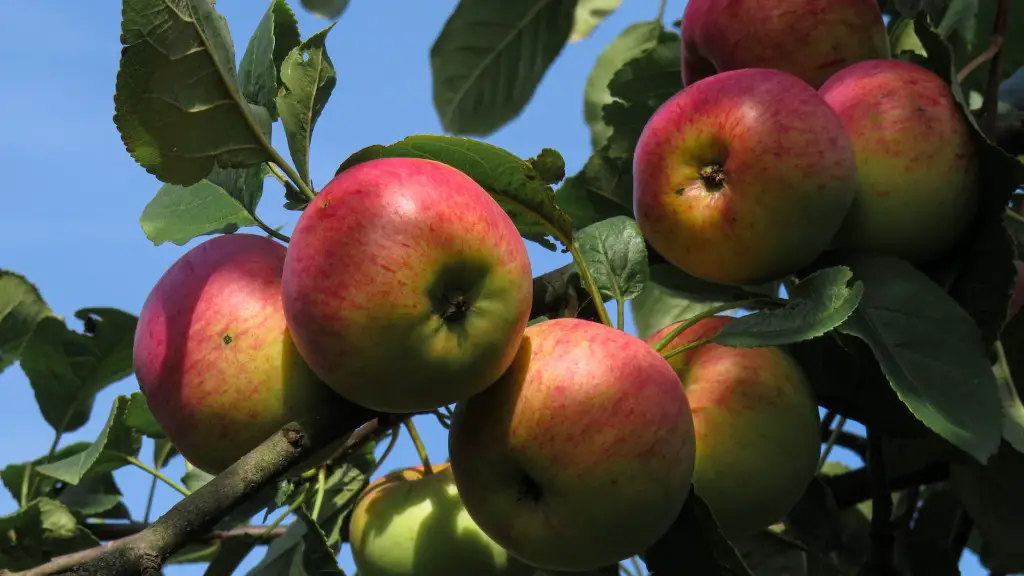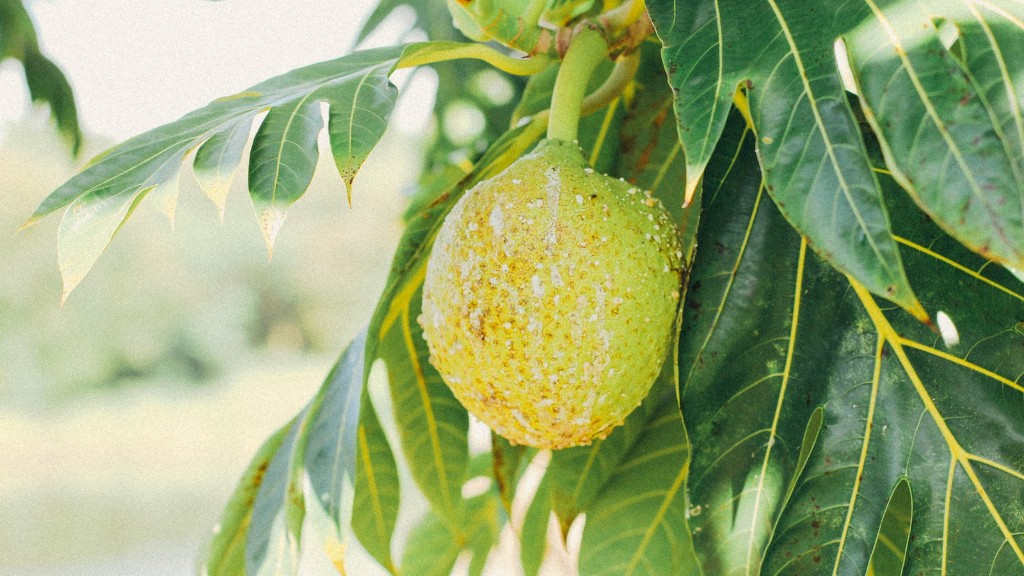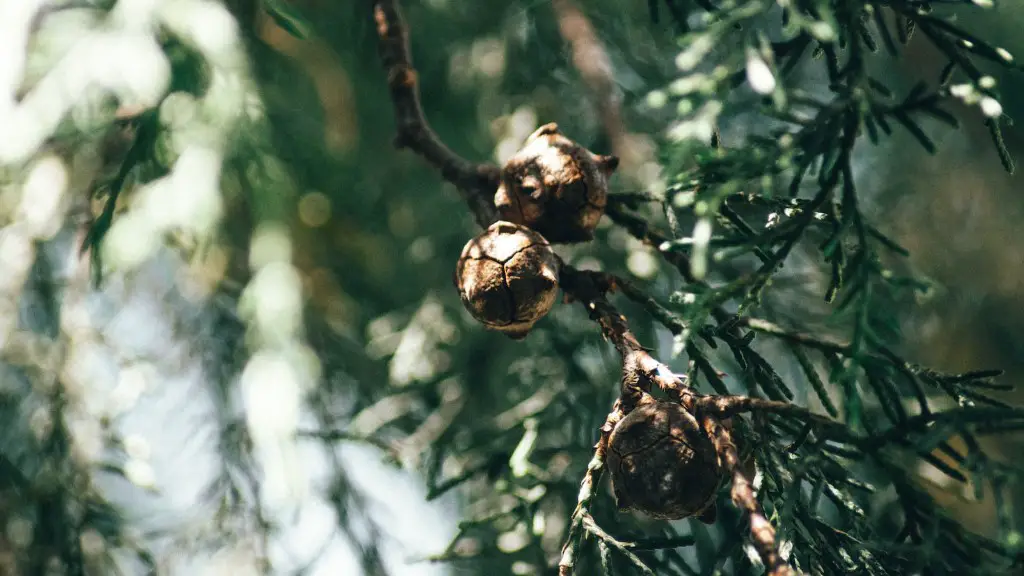Apples are a popular fruit and tree pruning is essential in producing healthy, disease-resistant apple trees. Therefore, it’s important to learn the basics of how to prune the apple tree correctly. To begin, identify what type of apple tree you have. Each variety of apple tree has its own specific pruning requirements and changes in pruning methods as the tree matures.
Start pruning your apple tree in its second year, focusing on removal of competing or diseased branches. This is called structural pruning and this should be done in the winter before new growth starts. As the tree matures, the main aim of pruning should be to open up the center of the tree and thin out crowded or competing branches. This will help keep the tree well-ventilated and provide good light penetration. The next step is to thin out branches that are not producing as much fruit as the others. Prune them completely.
Subsequently, if you want to shape the overall silhouette of your tree, use thinning cuts rather than heading back cuts. Thinning cuts are made at the branch collar, while heading back cuts are made at the branch tip. Thinning cuts are better suited to cut off only part of a branch while maintaining the natural growth habit of the tree. Next, reduce some of the height of strong lateral branches that start too low on the tree’s trunk. This will prevent young trees from getting too tall for easy fruit harvesting.
When pruning your apple tree, make sure to angle the cut in the same direction as the branch is growing. This will help make sure the collar stays intact, allowing the branch to heal more easily. Cutting too close to the branch collar can be detrimental to the health of the tree. Also, avoid pruning more than one-third of the existing branches in any one year, as this can stunt the growth of the tree. Pinching off the tips of young shoots is beneficial and in the later stages it helps to keep the tree smaller.
Finally, try to avoid creating big wounds which can attract disease and pests. Open wounds can also lead to vigorous and weakly attached water sprouts. To minimize this effect, properly heal pruning wounds with a paint or spraying with a dormant oil. This will protect the wound from insects, disease and help to seal it.
Pruning an Established Apple Tree
When pruning an established apple tree, the goal is to open up the tree’s canopy, allowing good air flow through it. This will improve light penetration and maximise fruit production. It is important to know the age of your tree before pruning it. Trees over ten years old should be pruned lightly and any pruning should be done during the dormant period, when temperatures are above freezing. It is also important to do pruning in late winter before new growth starts.
Begin pruning by removing dead, diseased, and crossing branches. Also, remove any branches that are too close to the trunk. Continue by thinning out young shoots and removing overgrown exterior branches. Make sure to use thinning cuts rather than heading cuts, as these will help maintain the natural shape and size of your tree.
On older trees, it is important to create spacing between branches so that light penetrates the interior of the tree. This will encourage the development of strong, healthy branches that can produce plenty of fruit. Also, reduce the height of branches too low on the trunk. This will make the tree easier to pick the fruit. When pruning, make sure to make angled cuts rather than flush cuts, as this will reduce the risk of disease entering the open wounds.
In addition, reduce the size of any branches that are producing fruit and also be sure to thin out only a third of the existing branches each year. Pay close attention to the trees existing shape, and when in doubt, just make a small cut as this will minimize the impact of the pruning.
Pruning Modern Developments
Recently, there has been a shift in apple tree pruning methods. Modern pruning involves shaping the tree as a ‘V’ or ‘Goose Neck’ with two main branches and secondary smaller ‘scaffold branches’. By training trees like this, it helps to increase light penetration, improve the airflow and create a shape that will support the harvest. When shaping the tree like this, it is important that the two main branches form an angle of 40-45%. This will ensure that the tree gets the right balance of light and air and will ensure that it remains structurally sound.
To begin each winter, completely remove any dead, diseased, and crossing branches. Then, prune to maintain the shape, remove interior branches, and shorten exterior branches. This will help open up the tree’s canopy and allow good light penetration. When cutting each branch, make sure to use a thinning cut and angle it in the same direction of the branch’s growth.
Also, the importance of pruning a balance between removing too much, which can stunt the tree’s growth, and removing too little, which can result in too many competing branches, cannot be overstated. Try not to prune more than one-third of the tree’s canopy in any one year and be sure to keep an eye out for dead, diseased or weak branches.
Additionally, try to leave as much of the branch collar intact when pruning as you can. This will help to ensure the tree is able to heal the open wound. Furthermore, cuts made too close to the collar can weaken the remaining branch, making it more susceptible to disease and other pests.
Other Pruning Tips
To help minimize the impact of pruning and other damage to the tree, seal pruning wounds with a paint or a spray of dormant oil. This will help keep pests and disease out. Similarly, avoid tearing branches off, as this will cause tears in the bark, leading to more open wounds.
Also avoid pruning in the summer or fall as these are the times when the tree is actively growing and pruning could damage the tree. It is also a good idea to use hand tools when pruning. These tools can cause less damage to the tree compared to power tools, as the former are slower and the operator has greater control over the cuts.
Finally, once the tree is mature and goes in to production, prune to maintain the desired shape, open up the canopy and remove over-bearing branches. Similarly, thin out branches that are too overcrowded, do not produce much fruit or that start too low on the trunk. Maintaining the right balance of air, light and space within the tree’s canopy will help ensure a healthy apple tree and therefore superior fruit.
Now & Then
When pruning the apple tree, it is important to remember that different varieties require different pruning techniques. Also, the needs of the tree change as it matures. Pruning needs also change depending on when and what type of pruning is being done. Traditionally, pruning during the early years of growth was focused on keeping the tree structurally sound and free from disease. While in the later years, pruning was undertaken to shape the tree and help control its size for easier fruit harvesting.
Comparatively, recent pruning developments focus on creating a V or goose neck shape with two main branches and several secondary scaffold branches. This aims to create a balance between light, air and fruit. Indeed, this pruning technique encourages light penetration and helps create good air flow through a well-ventilated canopy. This helps to promote healthy, disease-resistant apple trees and abundant fruit production.
Similarly, modern pruning still involves the removal of dead and diseased branches, the thinning out of young shoots and the reduction of the height of branches that start too low on the trunk. These activities are still crucial when pruning an established apple tree. Nevertheless, it is of the utmost importance to observe the existing shape of the tree, as this will help determine what and how much to prune.
Finally, when undertaking any pruning activity it is important to use thinning cuts, angle the cuts in the same direction of the branch’s growth, and not to prune more than one-third of the tree’s canopy each year. Additionally, it is important to seal any wounds with a paint or dormant oil spray to prevent pests and diseases from entering the open wounds.


